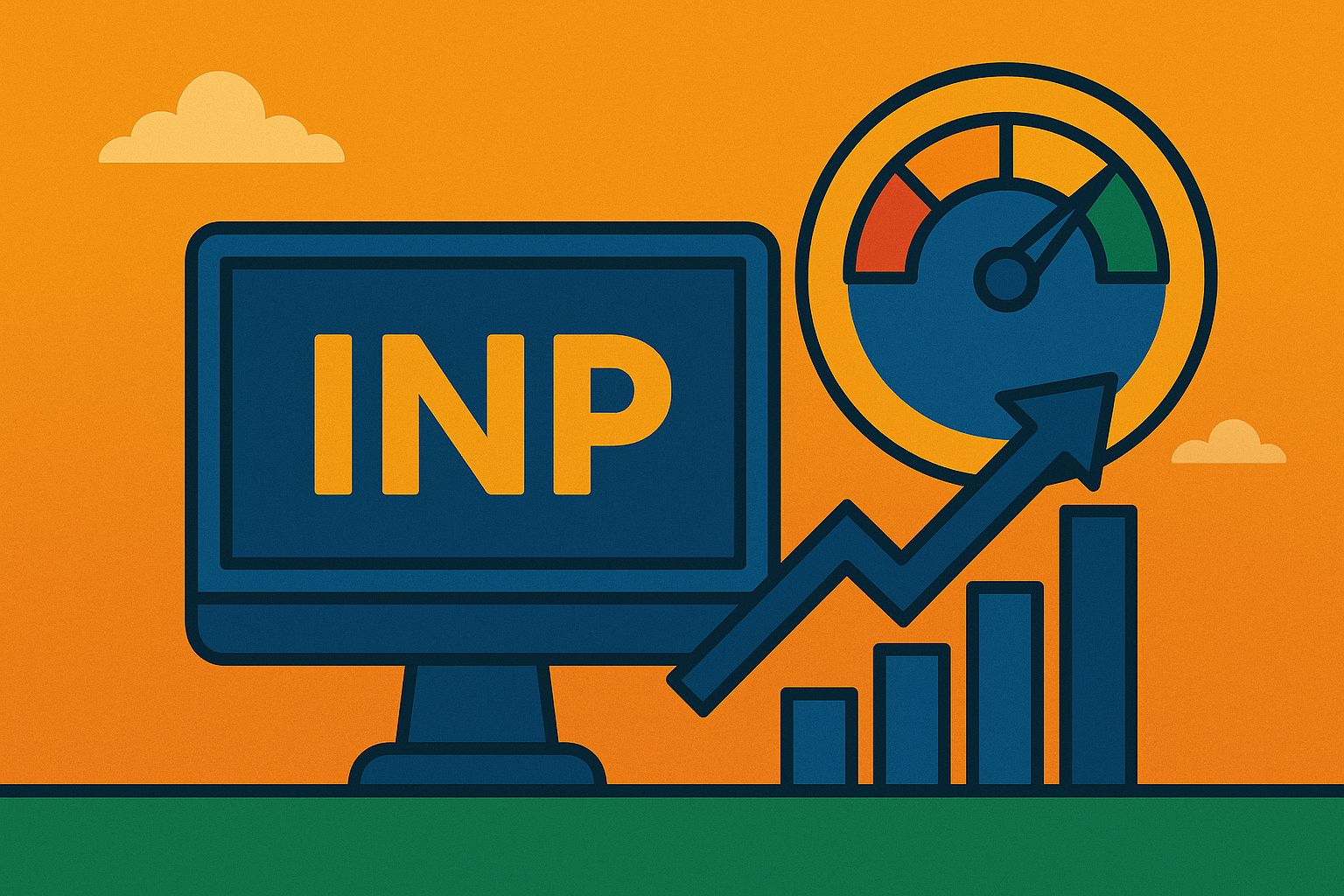The software development industry has undergone a dramatic transformation over the past few decades. From its humble beginnings in the early days of computing, software development has evolved into a dynamic, innovative, and critical force that is reshaping industries across the globe. In today’s fast-paced digital world, the future of software development is not just on the horizon; it is happening right now. This revolution is driving advancements in artificial intelligence (AI), cloud computing, agile methodologies, and low-code/no-code platforms, among other innovations. This comprehensive insight will explore the key drivers of the software development revolution and how these changes are shaping the future of technology, business, and society. Whether you’re a software developer, a business leader, or simply interested in the evolution of technology, understanding these trends is vital for staying ahead in an increasingly software-driven world.
The Evolution of Software Development
1. The Early Days: Manual Programming and the Birth of Software (1940s-1960s)
In the earliest days of computing, software development was a highly manual and painstaking process. The earliest programs were written directly in machine language, which required the programmer to understand the specific hardware and write instructions in binary code (1s and 0s) that the machine could interpret. These early machines, such as ENIAC and UNIVAC, were massive and required complex wiring and setup to perform even the simplest calculations.
Assembly Languages were introduced as a step forward. They provided a symbolic representation of machine code, allowing programmers to write more understandable and maintainable code. However, programming at this level was still highly specialized, and only a few skilled individuals could engage in software development.
2. The Rise of High-Level Programming Languages (1950s-1970s)
The invention of high-level programming languages revolutionized software development. With languages like FORTRAN (1957) and COBOL (1959), developers could write code in a more abstract and human-readable form. These languages allowed the same code to run on different machines by using compilers, making software development more scalable.
- FORTRAN (Formula Translation): Designed for scientific and engineering applications, it allowed developers to write programs for complex mathematical calculations without needing to know the specifics of the machine’s hardware.
- COBOL (Common Business-Oriented Language): Primarily used for business applications, it was designed to be readable by non-technical managers and stakeholders, laying the foundation for software’s use in business processes.
This shift not only made software development more accessible but also broadened its use cases from scientific calculations to business and administrative functions.
3. Structured Programming and the Need for Organization (1960s-1980s)
As software systems grew in complexity, the need for better organization and structure became evident. The structured programming movement introduced concepts such as subroutines, loops, and conditional statements, allowing developers to write more organized and readable code. Key languages that emerged during this period included:
- C (1972): A general-purpose language that combined the flexibility of assembly with the power of high-level abstractions, it became the backbone of many operating systems, including Unix. Its influence continues to be felt today, with many modern languages drawing inspiration from C’s syntax and structures.
- Pascal (1970): Focused on teaching structured programming principles, it became popular in academic settings and played a significant role in educating the next generation of developers.
The emphasis on modularity during this time laid the groundwork for modern development paradigms, allowing developers to break complex problems into smaller, manageable functions or modules.
4. The Advent of Object-Oriented Programming (1980s-1990s)
As software projects grew even larger and more complex, the structured programming approach began to show limitations. Enter Object-Oriented Programming (OOP), a paradigm that sought to model real-world entities and their interactions. By organizing code into “objects” (which encapsulate both data and behavior), OOP introduced a new level of abstraction and reuse.
The rise of OOP brought forth languages such as:
- Smalltalk (1972): One of the earliest object-oriented languages, it introduced many foundational OOP concepts like inheritance, polymorphism, and encapsulation.
- C++ (1983): An extension of C, C++ added object-oriented features to the structured programming model, making it a versatile language for both system and application development.
- Java (1995): Designed to be platform-independent with the slogan “write once, run anywhere,” Java took OOP mainstream. Its use in web development, mobile applications, and enterprise systems cemented its place as one of the most important programming languages of the 20th century.
OOP allowed developers to build more flexible, maintainable, and scalable systems. By modeling real-world problems as collections of interacting objects, OOP facilitated the creation of larger and more sophisticated applications.
5. The Internet Age and Web Development (1990s-2000s)
The advent of the internet in the mid-1990s fundamentally transformed the landscape of software development. As the World Wide Web emerged as a global platform for communication and commerce, developers began creating dynamic, interactive websites and applications that could be accessed by users worldwide.
Web development gave rise to new programming languages and technologies specifically tailored for the internet:
- HTML (Hypertext Markup Language): The foundational language for creating web pages.
- JavaScript (1995): A client-side scripting language that allowed developers to create interactive, dynamic content directly in the browser. JavaScript’s versatility has only grown since its inception, becoming the backbone of modern front-end development.
- PHP (1995): A server-side scripting language designed to handle dynamic content generation, form submissions, and database interactions on the web.
With the rise of e-commerce, social media, and online services, web development became one of the most important and rapidly evolving sectors of software development. Frameworks like Ruby on Rails (2005) and Django (2005) simplified the development of complex web applications by offering pre-built components, further accelerating the pace of innovation.
6. Agile Methodology: Flexibility in Development (2000s-Present)
As software projects continued to grow in size and complexity, traditional development methodologies like the waterfall model—which followed a linear, sequential approach—began to fall out of favor. In response, developers and project managers sought more flexible, iterative approaches to building software, leading to the rise of agile methodology.
Agile emphasizes:
- Iterative development: Breaking down projects into smaller, manageable pieces, called “sprints,” where working software is delivered at the end of each cycle.
- Customer collaboration: Involving end-users and stakeholders throughout the development process, ensuring that the final product meets real-world needs.
- Continuous delivery: Ensuring that software can be updated and deployed regularly, rather than waiting for large, infrequent releases.
Agile transformed software development into a more collaborative and dynamic process, emphasizing adaptability over rigid planning. Tools like JIRA, Trello, and Asana have become essential for managing agile projects, allowing teams to track progress, assign tasks, and maintain transparency.
7. DevOps and Automation: Bridging Development and Operations (2010s-Present)
The adoption of agile principles led to another significant shift in software development practices: DevOps. DevOps is a cultural and technical movement that integrates software development (Dev) with IT operations (Ops) to streamline the process of delivering software. The goal is to shorten the development lifecycle while ensuring the continuous integration, testing, and delivery of high-quality software.
Key elements of DevOps include:
- CI/CD (Continuous Integration/Continuous Deployment): Automating the process of integrating code changes, testing them, and deploying them to production environments.
- Infrastructure as Code (IaC): Automating the configuration and management of infrastructure through code, enabling teams to scale and manage complex environments efficiently.
- Monitoring and Feedback Loops: Ensuring that software in production is continuously monitored for performance and security issues, and providing feedback to development teams for ongoing improvement.
DevOps represents a shift toward automation, reducing human error and speeding up the deployment process. Tools like Docker (for containerization), Kubernetes (for orchestration), and Jenkins (for automation) have become staples in the modern development workflow.
8. Low-Code/No-Code Platforms: A New Paradigm (2010s-Present)
In recent years, the introduction of low-code and no-code platforms has democratized software development. These platforms allow users with little or no programming experience to build software using visual tools and pre-built components. By dragging and dropping elements, users can create workflows, applications, and even complex systems without writing traditional code.
While low-code/no-code platforms cannot fully replace custom development for large-scale, complex applications, they are invaluable for:
- Rapid prototyping: Quickly building and testing ideas without investing significant development time.
- Business automation: Allowing non-developers, such as business analysts and marketers, to automate workflows and processes.
- Empowering citizen developers: Giving people across various industries the ability to create and maintain software solutions tailored to their needs.
Companies like OutSystems, Mendix, and Microsoft PowerApps have led the charge in this space, offering businesses tools to innovate faster and reduce the dependency on IT departments..
2. Artificial Intelligence and Machine Learning: The Game-Changer
One of the most significant contributors to the software development revolution is artificial intelligence (AI) and machine learning (ML). AI has transformed not only the tools that developers use but also the products they create. AI-driven development tools, such as code generators and bug detection systems, are automating repetitive tasks, allowing developers to focus on solving more complex problems. Moreover, AI is becoming an integral part of software itself. From recommendation engines to voice assistants and autonomous vehicles, AI-powered software is driving innovation in nearly every industry. Developers now have access to powerful ML frameworks, such as TensorFlow and PyTorch, which allow them to integrate sophisticated AI capabilities into their applications with relative ease. Looking ahead, AI is expected to become even more pervasive in software development. Autonomous coding tools, which can write and optimize code without human intervention, are in the early stages of development. This could lead to a future where the role of the software developer shifts from writing code to supervising and refining AI-generated solutions.
3. Cloud Computing: Scaling Software Beyond Boundaries
Cloud computing has been another revolutionary force in software development. It has dramatically changed how software is deployed, managed, and scaled. Before the advent of cloud computing, organizations had to invest in expensive physical infrastructure to host their applications. Cloud platforms like Amazon Web Services (AWS), Microsoft Azure, and Google Cloud have democratized access to powerful computing resources, enabling businesses of all sizes to develop and scale applications with unprecedented speed and efficiency.
The rise of cloud-native development, which involves building and running applications in the cloud, has led to the widespread adoption of microservices architecture. Instead of building monolithic applications, developers now break their applications into smaller, independent services that can be deployed and scaled independently. This architecture allows for greater flexibility, easier updates, and better fault tolerance. In the future, cloud computing will likely continue to evolve, with innovations such as serverless computing gaining traction. Serverless architectures allow developers to write and deploy code without worrying about the underlying infrastructure. This further streamlines the development process and reduces operational costs, making it easier for businesses to innovate and scale their applications.
4. Agile and DevOps: Speed and Collaboration in Software Development
The transition from traditional software development models to agile methodologies has fundamentally changed the way software is built. Agile emphasizes iterative development, constant collaboration, and flexibility in responding to changes. By breaking down the development process into smaller, manageable tasks, agile methodologies allow teams to deliver working software more frequently, respond to user feedback, and adapt to changing market conditions. DevOps, which stands for Development and Operations, takes the principles of agile one step further by integrating software development with IT operations. This approach fosters collaboration between developers and operations teams, streamlining the deployment process and ensuring that software is continuously delivered and updated. DevOps emphasizes automation, reducing the risk of human error and enabling faster releases.
The future of agile and DevOps lies in further automation and enhanced collaboration. Tools such as continuous integration and continuous deployment (CI/CD) pipelines are already allowing for near-instantaneous updates and fixes. As AI and machine learning continue to advance, they are expected to play a key role in automating many of the manual tasks currently performed in DevOps, further increasing speed and efficiency.
5. Low-Code and No-Code Development: Democratizing Software Creation
Low-code and no-code development platforms are at the forefront of the software development revolution, making it possible for non-developers to build applications. These platforms provide user-friendly interfaces that allow individuals to create software through drag-and-drop functionality, without writing traditional code. Companies like OutSystems, Mendix, and Microsoft PowerApps have popularized low-code/no-code platforms, empowering business users, marketers, and other non-technical professionals to build applications that solve real problems. This democratization of software development is expected to accelerate innovation across industries. While low-code/no-code platforms cannot yet replace traditional development for highly complex applications, they are becoming powerful tools for building prototypes, automating business processes, and developing smaller-scale applications.
As these platforms continue to evolve, they are likely to become even more accessible and capable, further blurring the lines between technical and non-technical users. The software development revolution will no longer be confined to engineers; it will become a skill that people from various backgrounds can leverage to create solutions.
6. Quantum Computing: The Next Frontier
Quantum computing is still in its infancy, but it has the potential to revolutionize software development in ways we cannot yet fully comprehend. Traditional computers use bits to represent data as 0s and 1s, while quantum computers use qubits, which can represent multiple states simultaneously thanks to the principles of superposition and entanglement. This allows quantum computers to perform complex calculations exponentially faster than classical computers.
For software developers, quantum computing represents a new challenge and opportunity. While quantum programming languages, such as Qiskit and Cirq, are still in the early stages of development, they offer a glimpse into the future of software development. Quantum algorithms could dramatically improve the performance of tasks such as cryptography, optimization, and data analysis. Although quantum computing is not yet ready for widespread adoption, it is an area of active research and investment. As the technology matures, software developers will need to acquire new skills and knowledge to harness the power of quantum computing.
7. The Role of Cybersecurity in the Software Development Revolution
With the growing reliance on software for critical systems, cybersecurity has become a top concern in the software development process. As software becomes more complex and interconnected, the potential attack surface for cybercriminals increases. In response, developers must prioritize security at every stage of the development lifecycle, from coding and testing to deployment and maintenance.
Security best practices, such as secure coding, regular vulnerability assessments, and implementing robust authentication and encryption mechanisms, are becoming standard in the industry. DevSecOps, which integrates security into the DevOps process, ensures that security is not an afterthought but an integral part of the development process. Looking to the future, AI and machine learning will play a crucial role in enhancing cybersecurity. AI-driven security tools can identify and respond to threats in real-time, reducing the risk of data breaches and cyberattacks. As the software development revolution continues, ensuring the security of software systems will remain a top priority.
8. The Rise of Ethical Software Development
As software becomes increasingly embedded in our daily lives, ethical considerations in software development are gaining prominence. Issues such as data privacy, algorithmic bias, and the environmental impact of software systems are leading to calls for more responsible and ethical practices. Developers are being asked to consider the broader societal implications of their work. For example, AI-driven applications must be designed to avoid bias and ensure fairness in decision-making processes. Data privacy laws, such as the General Data Protection Regulation (GDPR), require developers to handle user data with care and transparency.
The future of software development will involve not only technical advancements but also a greater emphasis on ethical considerations. Developers will need to strike a balance between innovation and responsibility, ensuring that their creations have a positive impact on society.
Conclusion
The software development revolution is transforming how we build, deploy, and interact with technology. From AI and cloud computing to agile methodologies and low-code platforms, the future of software development is characterized by innovation, speed, and accessibility. As we move forward, developers will need to stay ahead of the curve by embracing new tools, methodologies, and ethical considerations. The future is here, and the software development revolution is only just beginning.




